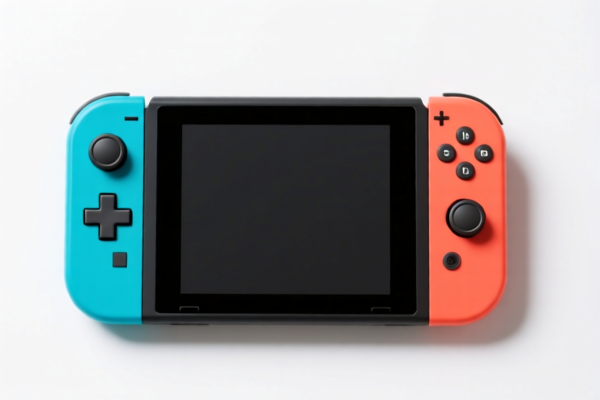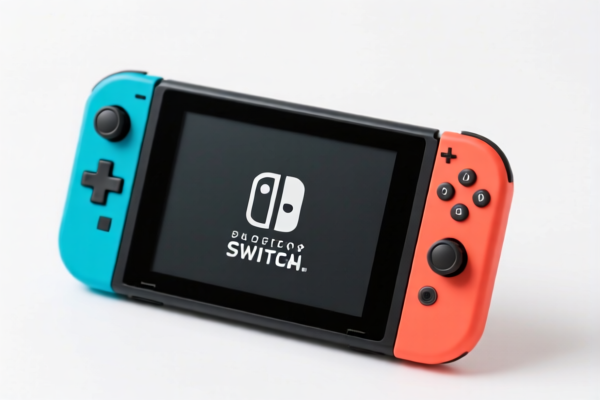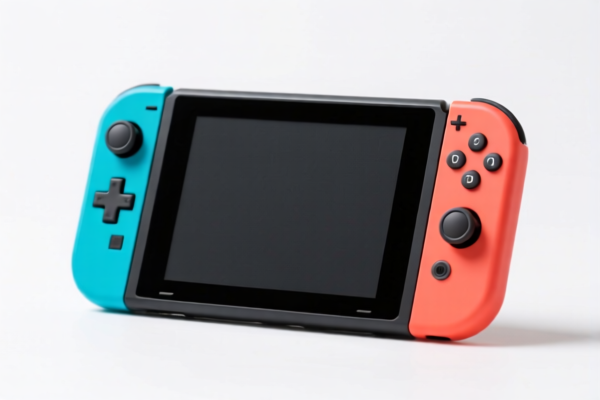| HS Code | Official Doc | Tariff Rate | Origin | Destination | Effective Date |
|---|---|---|---|---|---|
| 8537103000 | Doc | 57.7% | CN | US | 2025-05-12 |
| 8537109170 | Doc | 57.7% | CN | US | 2025-05-12 |
| 8535904000 | Doc | 57.7% | CN | US | 2025-05-12 |
| 8535908060 | Doc | 57.7% | CN | US | 2025-05-12 |
| 8543708800 | Doc | 30.0% | CN | US | 2025-05-12 |
| 8543906800 | Doc | 55.0% | CN | US | 2025-05-12 |




Handheld Gaming Console
A handheld gaming console is a portable, self-contained interactive entertainment device. These devices allow users to play video games on a built-in display, typically featuring integrated controls.
Material
Handheld consoles are constructed from a variety of materials, prioritizing durability and portability. Common components include:
- Plastic: Predominantly used for the console casing, providing a lightweight and impact-resistant exterior. Polycarbonate and ABS plastics are frequently employed.
- Metal: Aluminum alloys are often used for structural components, heat dissipation plates, and button frames, enhancing durability and thermal management.
- Glass/Acrylic: The display screen is typically covered by strengthened glass or acrylic to protect against scratches and impacts.
- Silicon: Used in the construction of the processor, memory, and other internal components.
- Lithium-ion Batteries: Provide power for portability; battery technology has evolved significantly, increasing capacity and lifespan.
- Printed Circuit Boards (PCBs): House the electronic components and provide connectivity.
Purpose
The primary purpose of a handheld gaming console is to provide a portable and convenient gaming experience. They offer an alternative to home consoles and PCs, allowing users to play games anywhere.
Function
Handheld consoles function as self-contained gaming systems, incorporating the following key components:
- Processor (CPU/GPU): Executes game code and renders graphics.
- Memory (RAM): Provides temporary storage for game data during gameplay.
- Storage (ROM/Flash Memory): Stores game files, operating system, and user data. Historically ROM cartridges were used, now primarily flash memory (internal or external SD cards).
- Display Screen: Presents visual output to the user. Technologies range from LCD to OLED.
- Input Controls: Include buttons, directional pads (D-pads), analog sticks, touchscreens, and motion sensors, enabling user interaction.
- Audio System: Integrated speakers and headphone jacks provide audio feedback.
- Power Source: Rechargeable lithium-ion batteries power the device.
- Operating System: Manages hardware and software functions, providing a user interface.
- Connectivity: Wireless communication (Wi-Fi, Bluetooth) enables online multiplayer, game downloads, and data transfer.
Usage Scenarios
Handheld gaming consoles are utilized in a wide range of scenarios:
- Commuting: Playing games during travel on public transportation.
- Travel: Entertainment during long journeys (flights, road trips).
- Leisure Time: Casual gaming at home, in parks, or during breaks.
- Multiplayer Gaming: Local multiplayer with friends using multiple consoles or online multiplayer via Wi-Fi.
- Emulation: Playing retro games through emulation software.
Common Types
Handheld gaming consoles can be categorized based on their features and capabilities:
- Dedicated Handhelds: Designed specifically for gaming, offering optimized performance and dedicated controls (e.g., Nintendo Game Boy, Atari Lynx).
- Hybrid Consoles: Combine the portability of a handheld with the ability to connect to a TV for a home console experience (e.g., Nintendo Switch).
- Android Handhelds: Run on the Android operating system, offering access to a wide range of mobile games and apps (e.g., Steam Deck, AYANEO).
- Retro Handhelds: Focus on emulating classic video games, often featuring pre-loaded game libraries (e.g., Anbernic, Retroid Pocket).
- Gaming Smartphones: High-end smartphones with gaming-focused features, such as dedicated gaming modes, controllers, and cooling systems (e.g., Asus ROG Phone, Redmagic).
- Cloud Gaming Handhelds: Devices designed primarily for streaming games via cloud gaming services (e.g., Logitech G Cloud).
Handheld gaming consoles are electrical machines with individual functions, not specified elsewhere, typically used for entertainment and portable gaming.
The following HS codes are relevant based on the provided reference material:
-
8543708800: Electrical machines and apparatus, having individual functions, not specified or included elsewhere in this chapter; parts thereof: Other machines and apparatus: Other: Electrical machines with translation or dictionary functions; video game console controllers which use infrared transmissions to operate or access the various functions and capabilities of the console.
- 85: Electrical machines and apparatus.
- 43: Machines and apparatus having individual functions, not specified or included elsewhere in this chapter.
- 70: Other machines and apparatus.
- 88: Other: Specifically includes video game console controllers using infrared transmissions. This code may be applicable if the handheld console utilizes infrared technology for controller functions.
-
8543906800: Electrical machines and apparatus, having individual functions, not specified or included elsewhere in this chapter; parts thereof: Parts: Other: Printed circuit assemblies: Other.
- 85: Electrical machines and apparatus.
- 43: Machines and apparatus having individual functions, not specified or included elsewhere in this chapter.
- 90: Parts.
- 68: Other: Specifically refers to printed circuit assemblies, which are components within the console.
According to the provided reference material, the HS code options related to 'handheld gaming console' are limited, with only the following 2 found.
Regarding HS code 8543906800, please note that it applies to printed circuit assemblies, which are components within the console, not the complete handheld gaming console itself. The tax rate for this HS code is 55.0%.
Customer Reviews
No reviews yet.